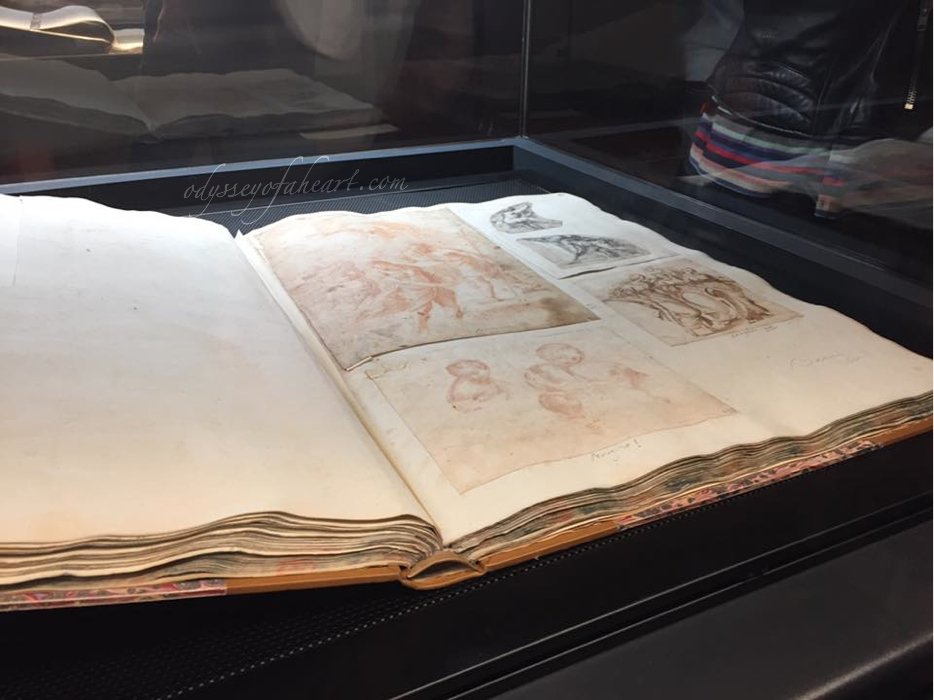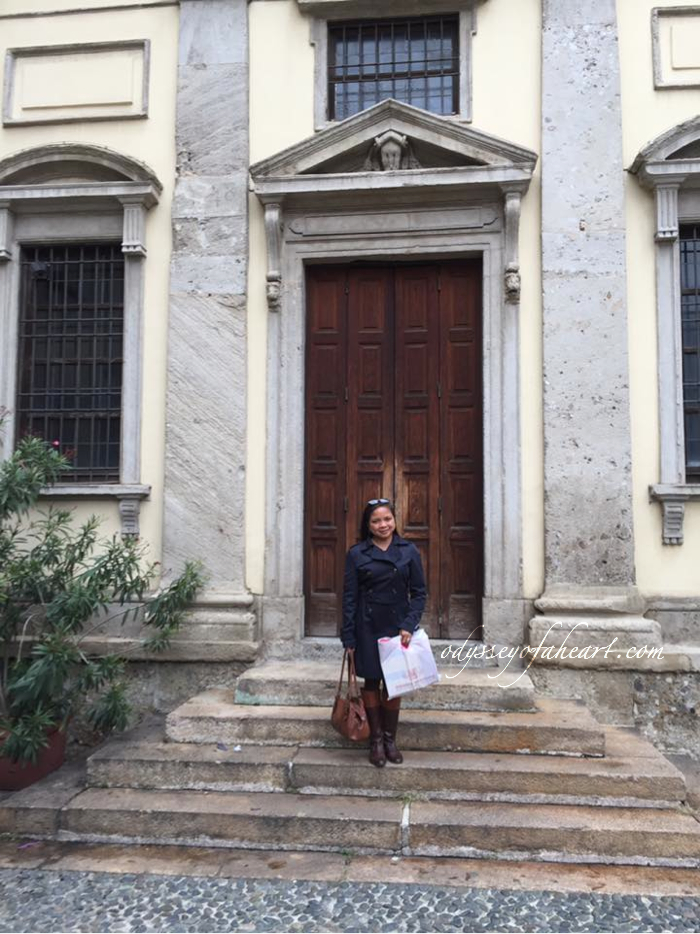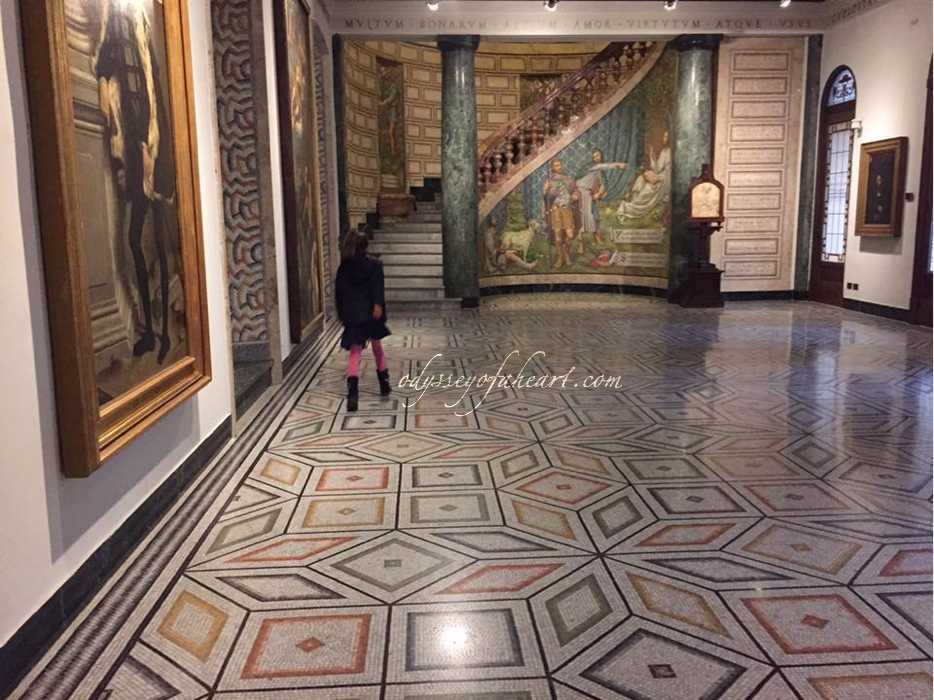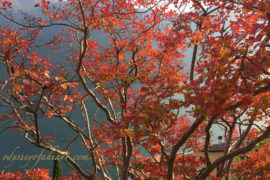Time stays long for those who use it.
Learning never exhausts the mind.
~ Leonardo da Vinci
I love visiting old and new libraries bearing unique history. In October, 2015 when we visited my eldest daughter in Milan, the Pinacoteca Ambrosiana was in my destination list but on the last day that we were in Milan, on that afternoon we went to the library, it was already about to close.
So this autumn 2016, we came earlier and spent the whole afternoon admiring 25 rooms with the collection of Cardinal Federico Borromeo, XV and XVI centuries Italian painting, XV and XVI centuries Lombard painting, cartoon of Raphael, Dutch and German painting from XV to XVII century, Medusa room, Room of Esedra with Lombard and painting of Veneto in XVI century, San Nicolo da Bologna with Italian and Dutch painting of XVI and XVII centuries, De Pecis collection, XIX and XX centuries Italian painting, Aula Leonardi, Sala Federiciana – Codex Atlanticus exhibition, Peristyle with mosaic floor, and we came out to the Book shop, coming out towards Piazza San Sepolcro.
Pinacoteca Ambrosiana
It was conceived in 1607 and set up in 1618, the Pinacoteca was intended to serve as a support and a model for a future fine arts Academy to form and nurture an aesthetic taste conforming to the canons of the Council of Trento. The Academy was founded in 1620 with the painter Giovan Battista Crespi, known as Cerano, as its president.
The new institutions flourished right from the beginning, with prominent architects, painters and sculptors becoming members. Later however, it fell into decline and by 1776 it no longer existed.
The Quadreria, or painting gallery, remained however much as Cardinal Federico had already described it in Musaeum of 1625, with works by Raphael, Luini, Titian, Caravaggio and Bruegel.
In 1618 the collection numbered about 250 paintings, while today there are over 1500. Among the best known are Leonardo’s Portrait of a Musician, the Basket of Fruit by Caravaggio, the Madonna of the Pavilion by Botticelli, the Nativity by Barocci, Titian’s Adoration of the Magi, the Holy Family by Bernardino Luini, Fire and Water by Bruegel, Giovani Ambrogio de Predis’s Portrait of a Lady.





Biblioteca ambrosiana
The Library is one of the most important in the world. It is enriched by almost one million printed books dating from the XVI century, 36,000 manuscripts among the celebrated Codex Atlanticus and two of the ten most important manuscripts at world level in Italian, Latin, Greek, Arabic, Syriac, Ethiopic, 12,000 drawings (amongst are of Raphael, Pisanello, Leonardo), 22,000 stand-alone engravings and other unique rarities: old maps, manuscripts, parchments and papyri.

Cardinal Federico wanted from the outset the Library to have a multicultural connotation, oriented towards dialogue, writing as he did that even books belonging to cultures and faiths different to Christianity can “give us several benefits an drake us become knowledgeable about many beautiful things and very beneficial.”

The particular richness of texts dealing with philosophy, with Christian theology and that of other religions above all Islam and Judaism, and with diverse ancient and modern literatures truly makes the Ambrosiana a real “jewel case” where one can find the search for Truth, that has always fascinated the human soul, under all skies and at all times.


ღ Angelica Hopes, ODYSSEY OF A HEART ღ
Reference: Veneranda Pinacoteca Ambrosiana, College of Doctors. Franco Buzzi, Pier Francesco Fumagalli, Marco Ballarini, Marco Navoni, Francesco Braschi, Federico Gallo, Alberto Rocca, Paolo Nicelli, Mario Panizza (Emeritus)







Comments are closed.